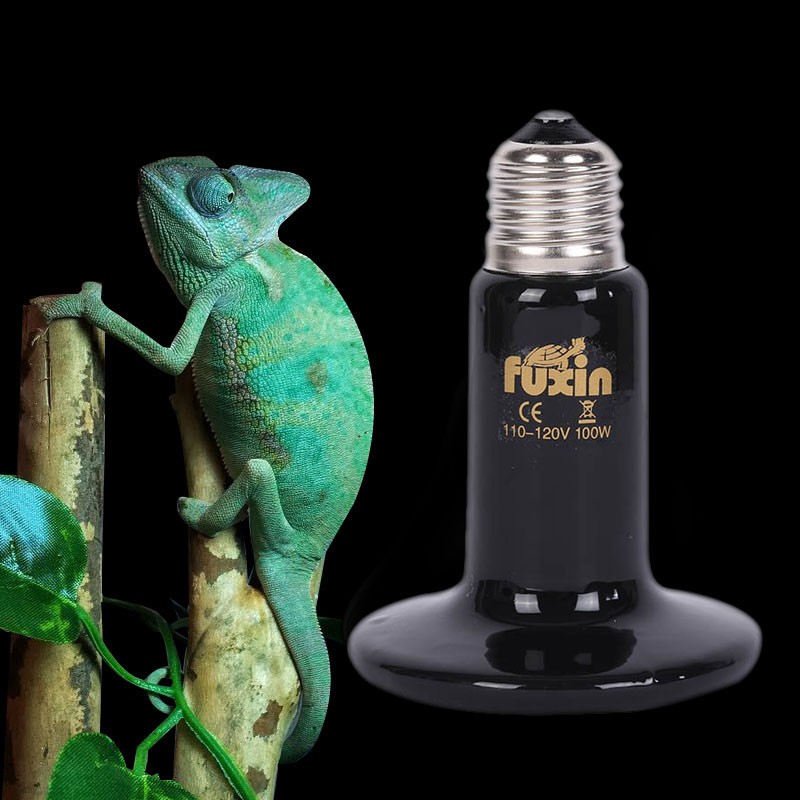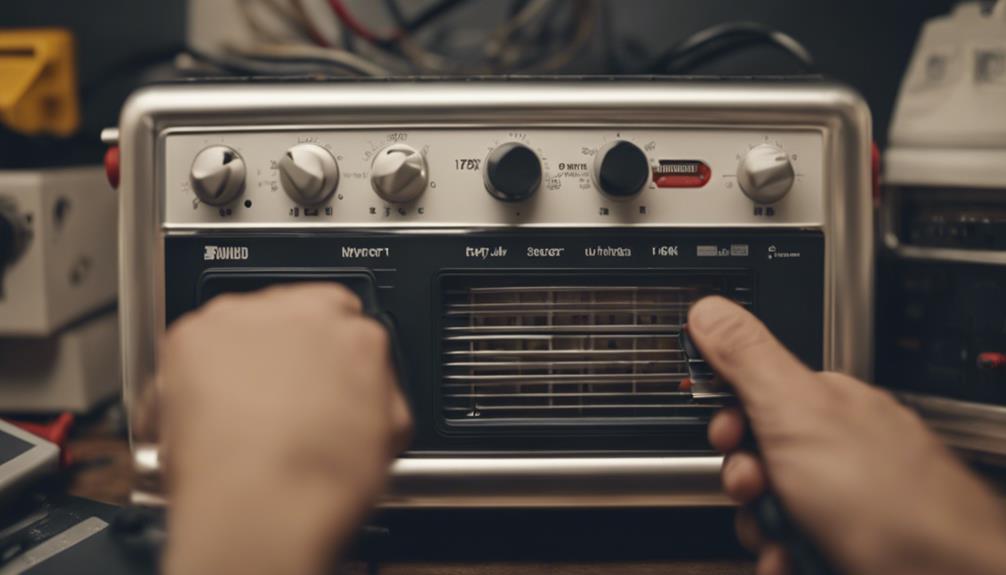
Master your heater installation with top tips: maintain safe distance from flammables, test alarms, use soapy water for gas leaks, follow ventilation guidelines. Evaluate vent types, guarantee airflow, clean vents, match circuit load. Consider room layout, size, clearance, and thermostat-heater combo. Calculate heat load, review energy ratings, match wattage. Connect remote correctly, set temperature and timer, test regularly. Replace filters, calibrate thermostat, inspect components for wear. By implementing these tips, you'll guarantee a successful heater installation experience.
Safety Precautions
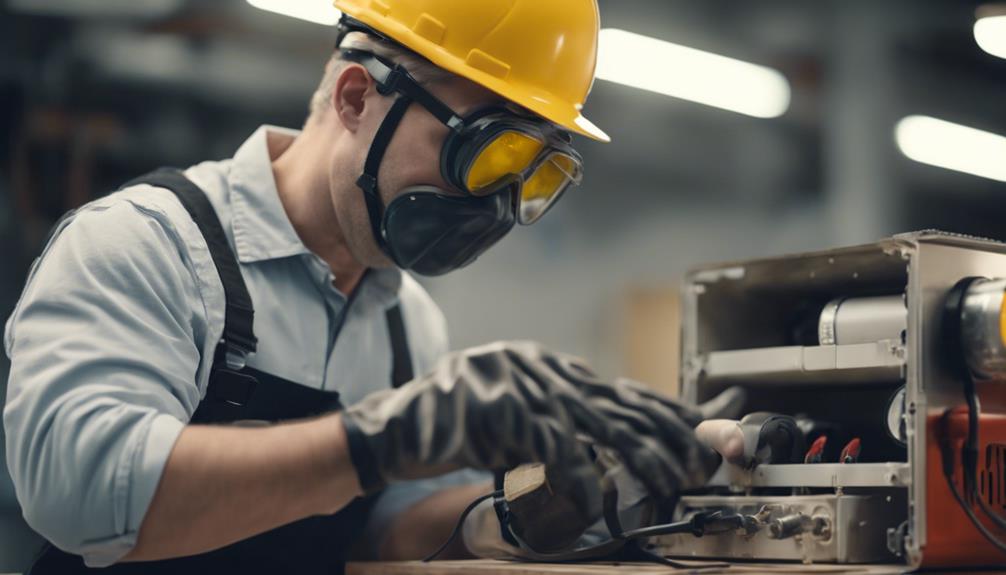
Before beginning the heater installation process, always remember to carefully review and implement the essential safety precautions to guarantee a secure and successful installation.
When dealing with heaters, fire safety is paramount. Confirm that the heater is placed a safe distance away from any flammable materials such as curtains or papers. Additionally, test smoke alarms and carbon monoxide detectors to verify they're in working order before starting the installation. Carbon monoxide is a colorless, odorless gas that can be produced by faulty heaters, posing a serious health risk. Installing a carbon monoxide detector near the heater is vital to alert you in case of any leaks.
When handling gas heaters, always check for gas leaks by using a soapy water solution on all connections. If bubbles form, there's a leak, and immediate action is required.
Moreover, make sure to follow manufacturer guidelines for proper ventilation to prevent the build-up of carbon monoxide. By adhering to these safety precautions, you can guarantee a safe and efficient heater installation process.
Proper Ventilation Requirements
To guarantee the safe operation of your heater, it's imperative to carefully adhere to the proper ventilation requirements as specified by the manufacturer. Proper ventilation is vital for the efficient and safe functioning of your heater.
There are two main ventilation types to evaluate: direct vent and natural vent. Direct vent systems draw combustion air from the outside and vent exhaust gases directly outside, guaranteeing a continuous flow of fresh air and proper combustion. On the other hand, natural vent systems rely on indoor air for combustion and utilize a flue to exhaust gases outside.
When installing your heater, verify that the airflow management is optimized. Adequate airflow is essential for combustion and heat distribution. Make sure that there are no obstructions blocking the vents or flue pipes, as this can lead to improper ventilation and potential safety hazards.
Regularly inspect and clean the vents to prevent dust or debris buildup that could impede airflow. By following these ventilation requirements diligently, you can guarantee the safe and effective operation of your heater.
Electrical Connections Check

Make certain that all electrical connections for your heater are securely tightened to prevent any potential safety risks during operation.
When checking the electrical connections, verify they adhere to wiring standards to guarantee safe and efficient operation.
Inspect the wiring for any signs of wear or damage, replacing any compromised wires promptly.
It's essential to verify that the circuit load matches the heater's electrical requirements to prevent overloading and potential hazards.
Double-check that all wires are correctly connected to their respective terminals, following the manufacturer's guidelines meticulously.
Utilize appropriate tools to tighten the connections securely without causing any damage.
Before proceeding with the installation, conduct a thorough examination of the electrical connections to confirm they're in prime condition.
Placement Considerations
Consider the layout of the room and the proximity to existing electrical outlets when determining the ideal placement for your heater.
To identify the best location, start by evaluating the size of the room. For smaller areas, wall-mounted heaters work efficiently, providing localized heat without occupying valuable floor space. In contrast, rooms with more square footage may benefit from a centrally positioned heater to distribute warmth evenly.
When choosing the placement, confirm there's adequate clearance around the heater to prevent overheating and maintain safety. Avoid placing the heater near curtains, furniture, or other flammable materials. Additionally, be mindful of any obstructions that could block the heat flow, such as large pieces of furniture or closed doors.
For rooms with limited space, consider heaters with built-in thermostats and timers for efficient heating control.
Heat Output Assessment
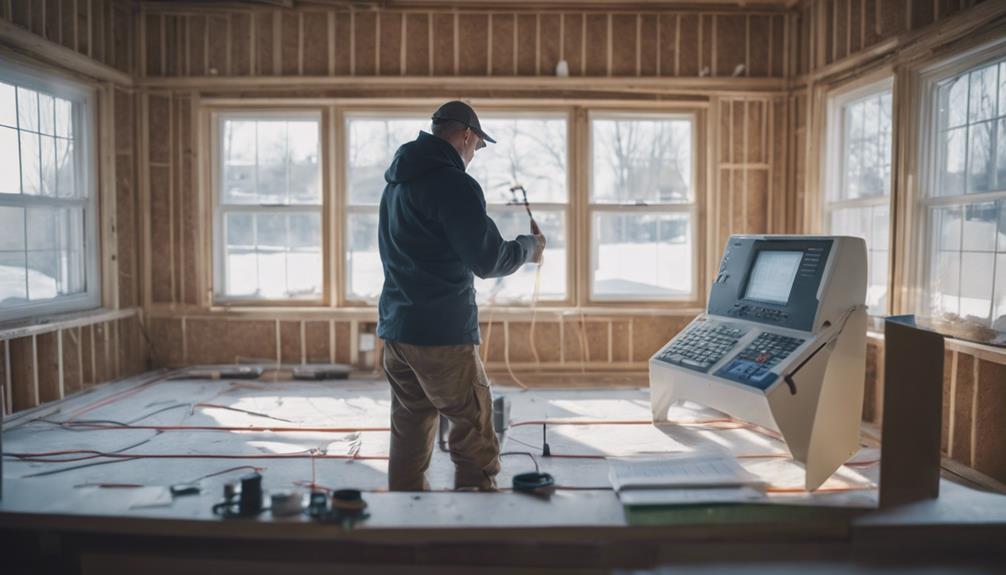
Evaluate the heat output of your heater by observing its wattage and coverage area to determine its effectiveness in warming the intended space. The heat load, which is the amount of heating required for a specific area, is a vital factor in choosing the right heater.
Calculating the heat load involves considering factors such as room size, insulation, and desired temperature rise.
Energy efficiency is another important aspect to review when analyzing heat output. Look for heaters with high energy efficiency ratings, as they can provide effective heating while consuming less electricity. This not only helps in reducing energy costs but also minimizes environmental impact.
To guarantee ideal heat output, match the heater's wattage to the size of the room. A heater with insufficient wattage may struggle to heat the space adequately, while an overly powerful heater can lead to energy wastage.
Remote Control Programming
To efficiently program the remote control for your heater, familiarize yourself with the manufacturer's instructions for setting up and adjusting the settings.
Remote programming allows you to control your heater conveniently from a distance. Begin by confirming that the remote control is paired correctly with the heater. Follow the step-by-step guide provided by the manufacturer to synchronize the remote with the heater.
When programming the remote control, make certain to set the desired temperature, mode, and timer settings accurately.
Troubleshooting techniques for remote control programming may include checking the batteries, confirming the signal strength, and verifying that there are no obstructions between the remote and the heater. If you encounter any issues during programming, refer to the troubleshooting section in the manual or contact customer support for assistance.
Regularly test the remote control functions to guarantee smooth operation. Proper programming of the remote control enhances the overall user experience and convenience of using your heater.
Regular Maintenance Checks
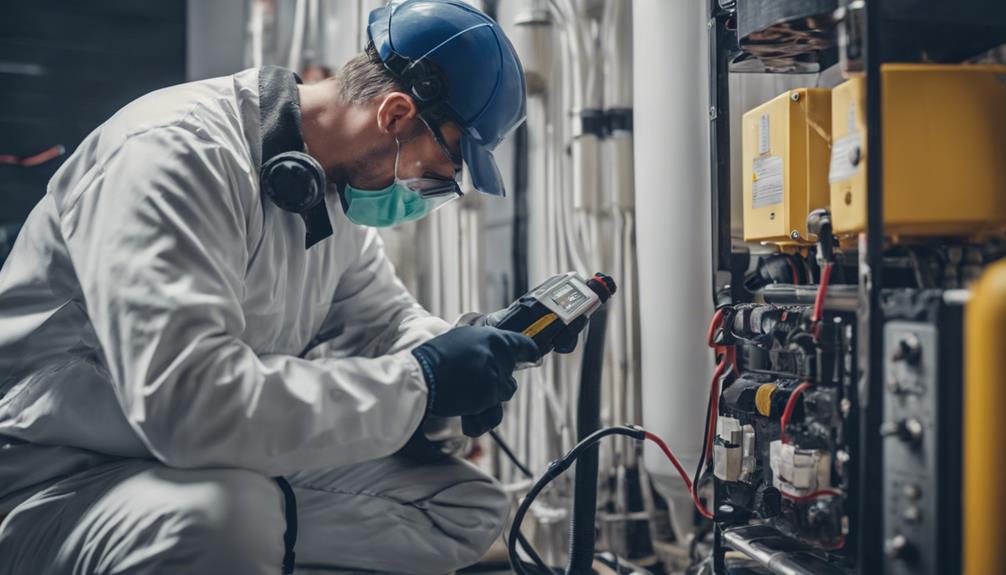
Perform regular maintenance checks on your heater to guarantee peak performance and longevity.
Start by verifying your filter is replaced regularly. A clogged filter can restrict airflow, reducing efficiency and potentially causing damage to your unit. Check your filter monthly and replace it every 1-3 months, depending on usage and manufacturer recommendations.
Additionally, thermostat calibration is vital for accurate temperature control. A misaligned thermostat can lead to inconsistent heating and increased energy consumption. To calibrate your thermostat, compare its reading to a separate thermometer placed nearby. If there's a discrepancy, follow your unit's manual to adjust the calibration settings accordingly.
During maintenance checks, also inspect for any signs of wear or damage in the heating system components. Look for loose connections, unusual noises, or abnormal odors. Address any issues promptly to prevent further damage and guarantee your heater operates efficiently.
Conclusion
In summary, following these top tips for successful heater installation will guarantee a safe and efficient heating system for your home.
Remember to always prioritize safety precautions, check proper ventilation requirements, assess heat output, and regularly maintain your heater.
By taking these steps, you can enjoy a comfortable and warm environment while minimizing the risk of potential hazards.
Stay informed and proactive when it comes to installing and maintaining your heater.
